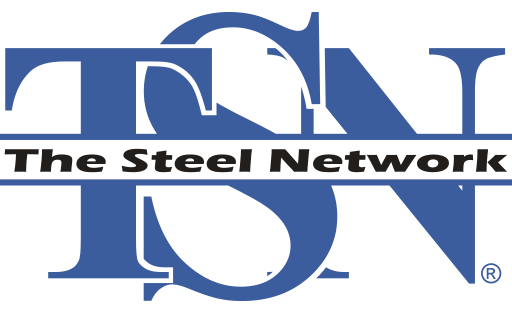The increasing rate of urbanization is a boon for the self-storage market. The market size across the globe, valued at over $51 billion in 2021, is expected to reach $83 billion by 2027.
As new projects expand the marketplace, investors have been focusing on the framing material used to erect self-storage facilities. Cold-formed steel (CFS) framing tends to be the most cost-effective option, the industry publication Inside Self Storage says.
4 Types of Self-Storage Structures
When building a self-storage facility, the size of the parcel typically dictates the type of storage structure constructed. According to Inside Self Storage, there are four common structure types:
Single-Story — the least complex and most cost-effective to build, single-stories lend themselves to the widest variety of unit sizes and types.
Multi-Story — used on small parcels, multi-stories can provide maximum net rental square footage. These structures may require more effort to construct, but they have many design possibilities.
Bi-Level — a unique building type where the structure has two floors, each accessed independently from the exterior. The lower level, like a walk-out basement, is built out from the ground.
Canopies — the cheapest to construct, canopies involve the least amount of materials and complexity. Most often used to store boats and RVs, they work best on parcels with ample space for haulers to maneuver into their spaces.
The Steel Advantage

Cold-formed steel (CFS) tends to be the most cost-effective option to frame self-storages structures.
Steel framing is typically the most cost-effective option for multi-story and canopy structures, but should also be considered for bi-level and single-story structures, Inside Self Storage says.
“Cold-formed steel tends to be more cost-effective, as it uses light-gauge metal,” says Melissa Anderson, account manager at Forge Building Co.
Steel framing provides several advantages. CFS is:
- A pre-engineered material that can be cut to exact lengths
- Dimensionally stable and does not expand or contract with changes in moisture content
- Lightweight compared to wood and concrete
- Will not warp, split, crack or creep when exposed to the elements
- Sustainable and 100% recyclable
- Durable and has a high tensile strength
- Non-combustible and is a safeguard against fire accidents
Pre-engineered metal buildings using hot-rolled steel should be considered for certain self-storage structures.
“[Hot-rolled steel] provides an ‘open span’ for boats and RVs,” says Anderson. “This product is more expensive, but you can forgo the support columns.”
Growth of the Urban Market
“The increasing rate of urbanization is one of the significant factors positively driving the market growth,” says the Mordor Intelligence report, “Self Storage Market — Growth, Trends, COVID-19 Impact, and Forecasts (2021 – 2026).”
With continued growth forecasted for the self-storage market in urban areas, CFS is expected to play a significant role as the industry expands.

